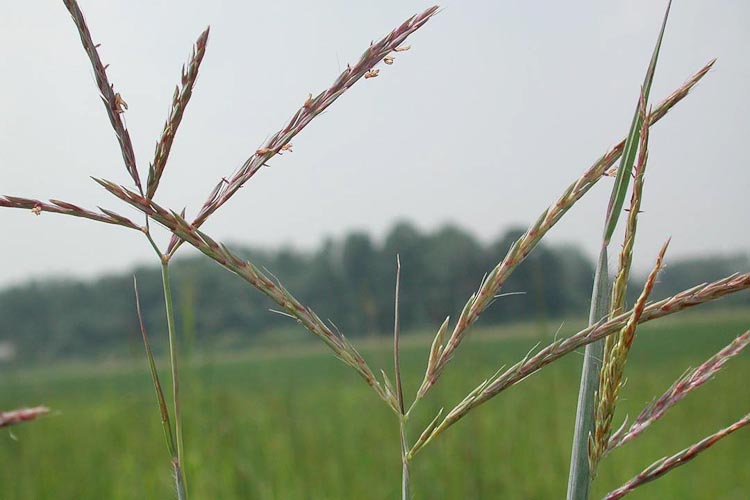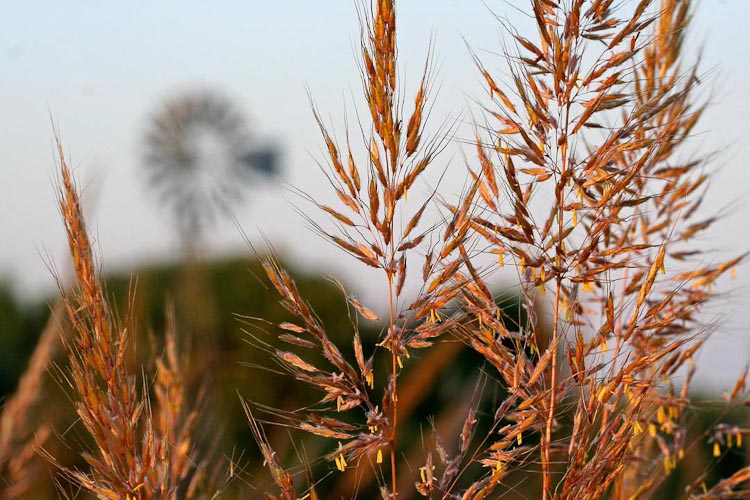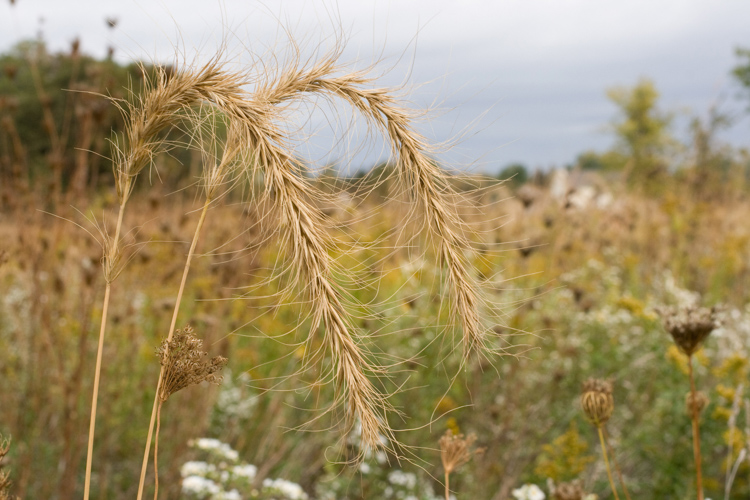A FEW FIELD TRIP PLANTS
TO KNOW AND LOVE
I. Four calciphiles we saw at Battelle-Darby Metro Park
(note: the photos are from other sites, other dates)
Below, see hackberry (Celtis occidentalis).

Below see blue ash (Fraxinus quadrangulata).

Below, see chinkapin oak (Quercus muehlenbergii).

Below see hophornbeam (Ostrya virginiana).

II. Four highly conservative plants we saw at Cedar Bog (not a bog)
(note: the photos are from other dates)
Below, see shrubby cinquefoil (Dasiphora fruticosa).

Below see Ohio goldenrod (Solidago ohioensis).

Below see poison sumac (Toxicodendron vernix).

Below see black ash (Fraxinus nigra).

III. Four acidiphiles we saw at Deep Woods in Hocking County
(unglaciated Allegheny Plateau)
Below see chestnut oak (Quercus montana)/

Below see sourwood (Oxydendrum arboreum).

Below see eastern hemlock (Tsuga canadensis).

Below see hillside blueberry (Vaccinium pallidum).

IV. Root-parasites and mycoheterotrophs
Below, see beech drops (Epifagus virginiana), a root-parasite.

Below see bear corn (Conopholis americana), a root parasite.

Below see ghost pipes (Monotropa uniflora), a mycoheterotroph.

Below see pinesap (Monotropa hypopitys), a mycoheterotroph.

V. Four Prairie Grasses
The “signature grass” of the tallgrass prairie is big bluestem., Andropogon gerardi.

Big bluestem is the signature tallgrass prairie grass.
Its nickname is “turkey-foot,” because its spikelets are in a few spikes.
Indian grass (Sorghastrum nutans) is another robust prairie grass. Its spikelets contain conspicuously awned florets arranged in loose panicles.

Indian grass is a robust prairie grass.
Tall nodding rye (Elymus canadensis) produces spikelets with long awns in drooping two-sided spikes.

Tall nodding wild rye has a drooping 2-sided spike of spikelets, with long awns.
Switchgrass (panicum virgatum) does kind of seem like it’s panicking, as the spikelets are widely spreading on a diffuse panicle.

Switchgrass produces a bushy panicle of one-flowered spikelets.
